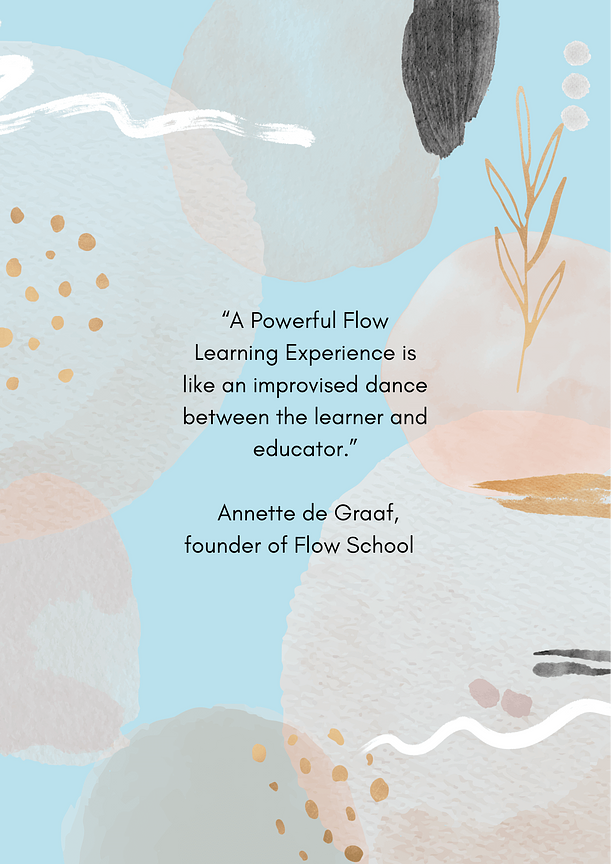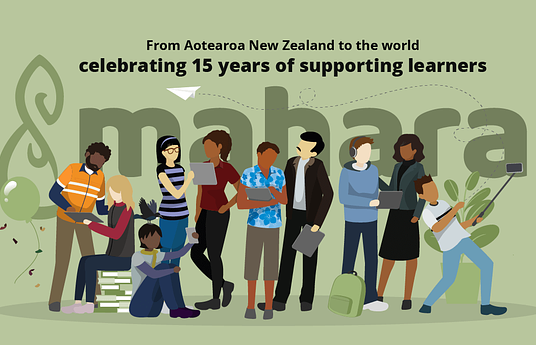Flow Learning stems from my deep passion for reimagining education to prioritize well-being and engagement. Frustrated with traditional methods that overlooked mental well-being, I sought to create an approach where learners naturally find their flow. My aim? To nurture engaged learners who flourish both academically and personally, driven by a genuine love for learning and well-being.
Flow Learning is an immersive, learner-centered approach that leverages the world around us as a vibrant canvas for learning. Each powerful learning experience starts with what a learner sees, hears, feels, thinks or wonders; illustrating that learning opportunities are abundant in our everyday environment.
Educators, deeply versed in the curriculum, adeptly weave standards and learning outcomes into these real-life contexts. Flow Learning seamlessly integrates general, skillful orientations to thinking and learning—such as self-discipline, determination, intellectual humility, curiosity, skepticism, and imagination—into the development of specific skills like math, language and science.
Tailored challenges and flexible learning spaces align with learners' interests and skills, placing them in their optimal flow zone—neither too easy nor too difficult. Thought-provoking questions ignite curiosity, prompting learners to delve deeper into concep and seek understanding.
The best thing about Flow Learning is that you can make it happen wherever you are, which makes it accesible for anyone. Since I started sharing about Flow Learning on social media and LinkedIn, educators and parents from all around the world have shared how this different approach has changed their view on teaching and learning. For a lot of educators it is still a huge step to (sometimes) let go of traditional workbooks and 'hierarchical teaching', but many have dipped their toes into the world of Flow Learning already by simply looking at and listening to their learners: What are they curious about? How can we use that as a starting point of learning something new? What do they already know? I LOVE spreading these tiny seeds and help them grow into happy learners all around the globe.
Look at what a child is looking at. Ask questions about it. Let children come up with as many questions as they can about what is around them right now. Learn to recognize math, langague and science in what is (happening) around you. Link it to the curriculum and vice versa. It's all about wilding the tame and to make learning interesting and fun for all!


